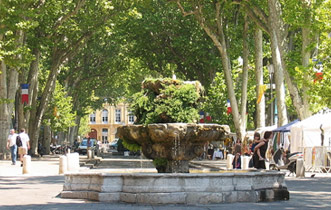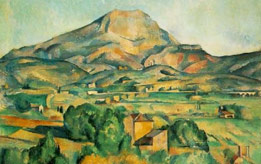- Home
- The agency
- Discover Provence
- Sustainable tourism
- Our offers
- Owners

AIX EN PROVENCE has a population of 134,324 inhabitants. The city covers an area of 186.08 km² which is a density of 721 inhabitants per square kilometer.
The town of Aix en Provence dates back to 123 BC.
The Romans settled there because of the exceptional situation, at the crossroads of Italy, Spain, and on the paths of transhumance between plains and mountains.
But also, the Romans being so fond of thermal baths and their benefits, the town of Aix en Provence was located on a low hill full of hot and cold springs.
The name of the city changed through time: Aquae Sextiae, Ais en Provencou, Aix en Provence.
Aix was listed as a health resort in 1913. This resort was set up on ancient Roman houses.
The main sources of hot water were known as “steam rooms”, located behind the Convent of the Observantins and the Source of the Bagniers but seem to have lost many of their qualities in 1628.
The Source of the Bagniers is now used to power the most famous hot water fountain of the town located on the cours Mirabeau in Aix en Provence.
Thus, the city of Aix en Provence is dotted with magnificent fountains providing an atmosphere of lightness and relaxation when, with your eyes closed, you let yourself be carried away by the sound of the water.

Paul Cézanne was born on January 19th 1839. He is an internationally renowned painter, who, during his lifetime, received very little recognition, as most renowned painters.
His works essentially represent the countryside of Aix en Provence, and the objects that compose it.
Cézanne painted 44 oils paintings and 43 watercolor paintings that illustrate his attachment to the Saint-Victoire Mountain.

The calissons of Aix en Provence are sweets made of almonds and candied fruits.
The introduction of the almond to Provence in the 16th century and the development of trade in Aix, boosted its production and thus gave it the importance it has even today.
According to one of the many versions of the birth of the calisson in Aix, it appeared in its modern form around 1473, during a feast for the second wedding of King René.